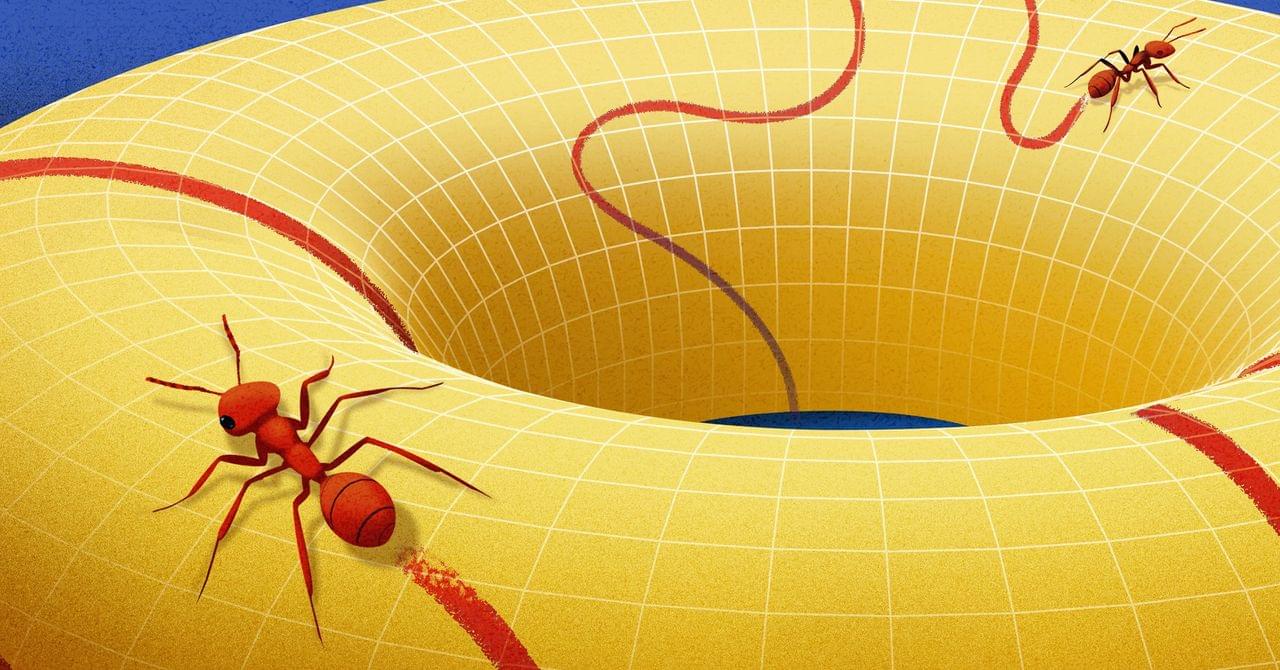This year, the International Diabetes Federation (IDF) officially recognized a fifth form of diabetes, after decades of controversy. It’s now urging other health authorities, like the World Health Organization (WHO), to follow suit.
Type 5 diabetes is rarely discussed or researched, and yet it is thought to impact up to 25 million people worldwide, especially those in low-and middle-income nations where access to medical care is limited.
It was first described in 1955 in Jamaica, then forgotten about for many years. Even once it was acknowledged by the WHO in the 1980s, the diagnosis created controversy.








